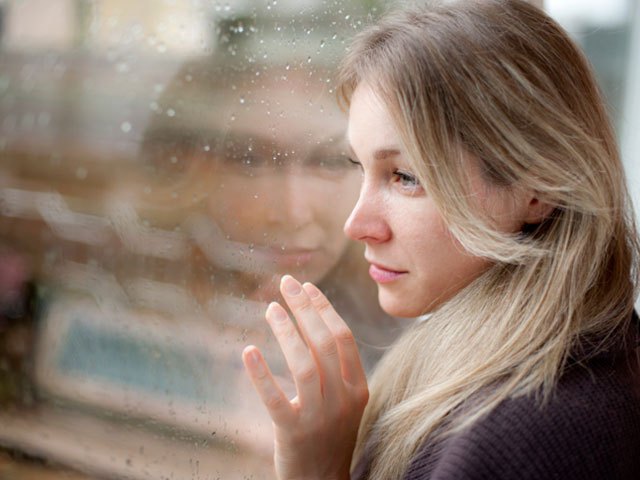5 Helpful Tips For Getting Through Seasonal Depression

There are all types of depression. One that is fairly common, especially during the late-fall and winter seasons, is Seasonal Affective Disorder (SAD). In fact, there are many studies which indicate that SAD affects as many as six percent of Americans year-round and as much as 12 percent during the wintertime. SAD is more common for women than men and although some children have been diagnosed with it, people under the age of 20 usually do not suffer from this type of issue.
As with any kind of depression, if you feel like you may be struggling with SAD in some way, it’s always a good idea to get diagnosed by a physician. If they do confirm that you have SAD, there are actually several things that you can do to help lessen the symptoms in a relatively short amount of time.
Here are five of them:
Exercise. One thing that is proven to help to alleviate symptoms of depression is exercise. If you happen to be dealing with SAD, it’s even more effective if you choose to work out outdoors (where you can get more sunlight). In fact, there are specific exercises that you can do to battle depression. Running is great because it helps to stimulate certain brain chemicals. Strength training is ideal because it helps to reduce depression symptoms. Yoga is also a wonderful option because it is a reliable way to decrease stress and anxiety. For information on other forms of exercise that are great for depression, visit Every Day Health and put “exercises that are good for depression” in the search field.

Watch your diet. It might come as a surprise to you that your diet can directly affect your depression symptoms but it’s true. Salmon and tuna have depression-fighting properties, whole grains are complex carbohydrates that help to improve your moods, and dark chocolate is a tasty treat that not only releases serotonin into your system, but also relaxes the blood vessels inside of your body as well. As far as a good drink for SAD, consider having some green tea. It’s rich in antioxidants, and it helps to relax you too.
Sleep (but don’t oversleep). A lot of people who deal with depression symptoms tend to struggle with not getting enough sleep. When you’re sleep deprived, that only makes depression worse. So definitely make it a priority to get between 6-8 hours of rest each night. However, don’t try to sleep for more than that. Oversleeping can be attributed to a deeper form of depression. So, if you’re averaging more than 10-12, let your doctor know as soon as possible.
Let some more light in. Being that the late fall and winter seasons result in there being less natural light, that can put a real damper on one’s mood. It can also make the symptoms of SAD a lot worse, too. Something that you can do to combat this issue is to let more natural light in during the day and to invest in a couple of light therapy boxes for your office desk or a room that you like to read in at night. They are known to have a remarkable effect on those who are dealing with SAD. Alaska Northern Lights is one website that has these types of boxes that will help to decrease seasonal affective disorder.
Take a winter vacation. Something else that will help you in dealing with SAD is to take a winter vacation with a few family members and friends. Not only will their company help to encourage you and serve as a means of support, but going to a sunnier (and warmer) spot will also do wonders for your depression. For a list of some of the greatest places to take a winter vacation, visit Travel.USNews and put “best winter vacations” in the search field.
